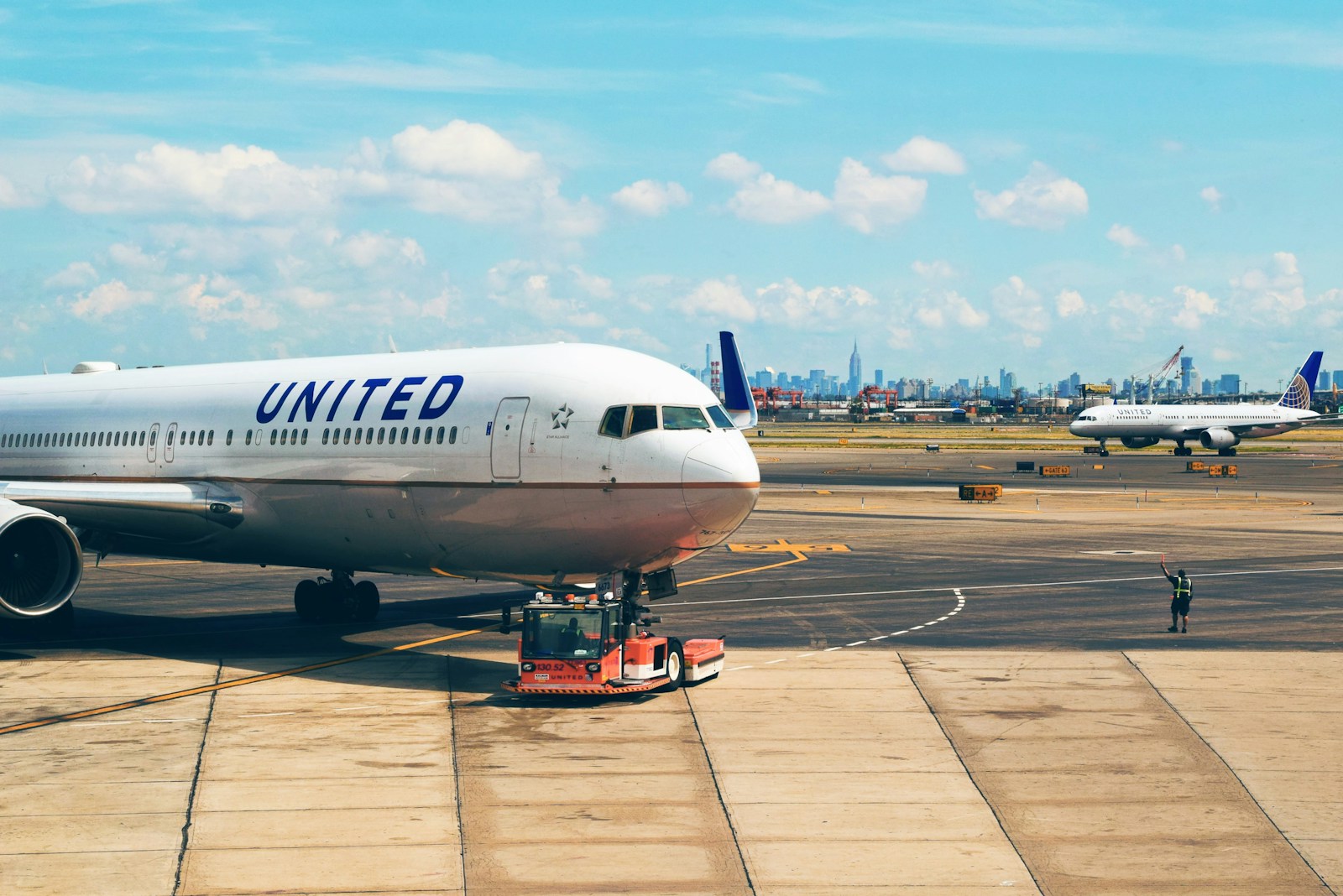
United Airlines experienced a significant operational disruption on Wednesday evening, resulting in a nationwide grounding of its mainline flights. This substantial halt to air travel was attributed to a critical technology issue, affecting the airline’s ability to operate its services across the United States.
Preliminary reports indicated that the underlying problem stemmed from the airline’s internal computer systems. The immediate consequence was a cascade of delays and cancellations that impacted thousands of passengers and complex logistical networks across major hubs.
The Federal Aviation Administration (FAA) acknowledged the disruption, confirming its awareness that United had “experienced a technology issue disrupting their operations.” This initial statement underscored the severity of the situation, signaling a comprehensive impact on the airline’s scheduled services.
The ground stop, which commenced shortly after 6 p.m. Eastern Time, led to an immediate halt for United’s mainline flights at their respective departure airports. This directive was issued with safety as the primary consideration, according to statements released by the airline during the unfolding event.
While the immediate cause was a technical glitch, the airline was quick to confirm that the issue was not related to a cyberattack, a critical distinction in an era of heightened digital security concerns. This clarification aimed to address potential speculation regarding the nature of the systems failure.
The core of the problem was identified as an issue within United’s weight and balance computer system, known specifically as Unimatic. This system is integral to flight operations, as it houses crucial flight information that is subsequently fed into other systems, including those responsible for calculating an aircraft’s weight and balance and tracking flight times.
Such systems are fundamental for ensuring the safe departure of aircraft, as they provide essential data required for regulatory compliance and flight stability. A pilot on a delayed flight, for instance, informed passengers that they were “missing some numbers we need to take off so we can’t take off yet and don’t have a time estimate of when we’ll be able to,” illustrating the direct operational impediment.

The impact was immediate and widespread. According to FlightAware, a prominent site that tracks air traffic, the outage led to more than 1,000 United flights being delayed. Furthermore, over 40 flights were canceled on Wednesday evening alone, a figure that later escalated.
Subsequent data revealed that nearly 1,100 United Airlines flights, representing 35% of the carrier’s scheduled flights for the day, faced delays. The number of cancellations reached 157, underscoring the significant operational paralysis caused by the technical fault.
Even after the immediate resolution of the issue, the ramifications extended into the following day. Seventy flights scheduled for Thursday were canceled, and an additional 79 flights faced delays, indicating a persistent residual effect on the airline’s operational schedule.
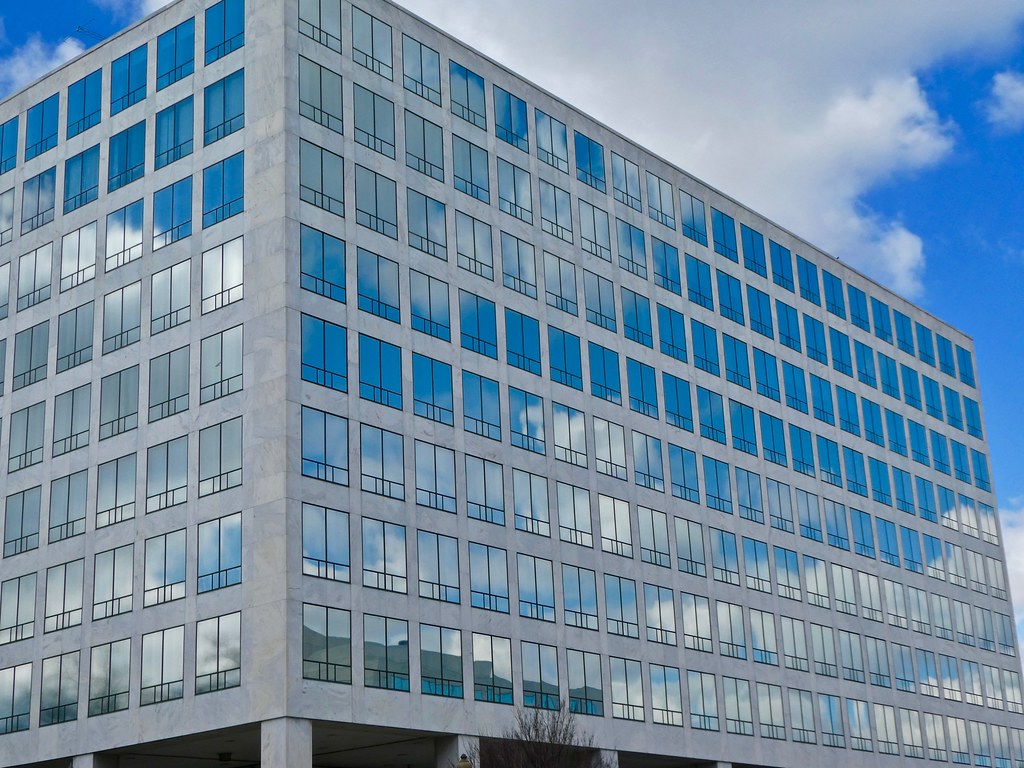
Geographically, the ground stop disproportionately affected United’s major hubs across the United States. Federal Aviation Administration notices indicated that the airline specifically requested ground stops at key airports including Newark Liberty International, San Francisco International, Chicago O’Hare International, Denver International, and George Bush Intercontinental Airport in Houston.
At Chicago O’Hare, for example, United flights departing were delayed by an average of 120 minutes during the peak of the disruption. Newark Liberty Airport, recognized as United’s largest hub in the U.S., specifically advised travelers to check with their airline due to the system outage causing flight disruptions.
In response to the escalating crisis, United Airlines released multiple statements, primarily through social media channels, to update affected passengers. The airline stated, “We are working with customers to get them to their destinations after a technology disruption on Wednesday evening.
Recognizing the inconvenience caused, United also acknowledged the system error on social media, assuring passengers, “We’re aware of the system error at this time and are working on a fix to have you on your way as soon as possible.” The airline expressed understanding regarding the frustrations, stating, “We understand that this disruption has caused frustrations during your travel and appreciate your continued patience.
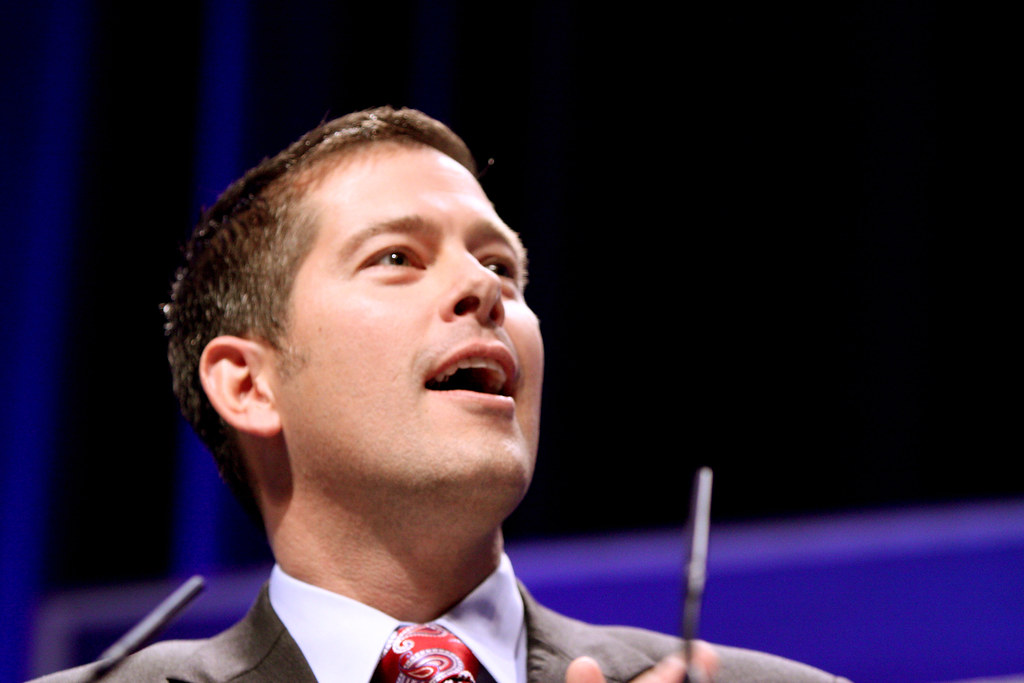
Furthermore, to mitigate the hardship for stranded travelers, United confirmed its commitment to covering expenses such as meals and hotels for impacted customers. The airline explicitly stated that it was treating all delays linked to these technology issues as preventable ones, ensuring compensation for incurred expenses.
U.S. Transportation Secretary Sean Duffy was promptly briefed by United CEO Scott Kirby regarding the situation. Secretary Duffy confirmed that the technical issue was “specific to United’s operations” and emphasized that it was “unrelated to the broader air traffic control system,” allaying concerns about a systemic failure affecting national aviation infrastructure.
The FAA reiterated its support for United, stating that it had “offered full support to help address their flight backlog and remain in close contact with United.” This coordinated response highlighted the collaborative effort between the airline and regulatory bodies to manage the disruption and expedite recovery.
Passengers bore the brunt of the disruption, with numerous accounts surfacing across social media and news reports detailing their experiences. Many found themselves stranded at airports or, perhaps more frustratingly, confined to aircraft on the tarmac for extended periods without clear information.
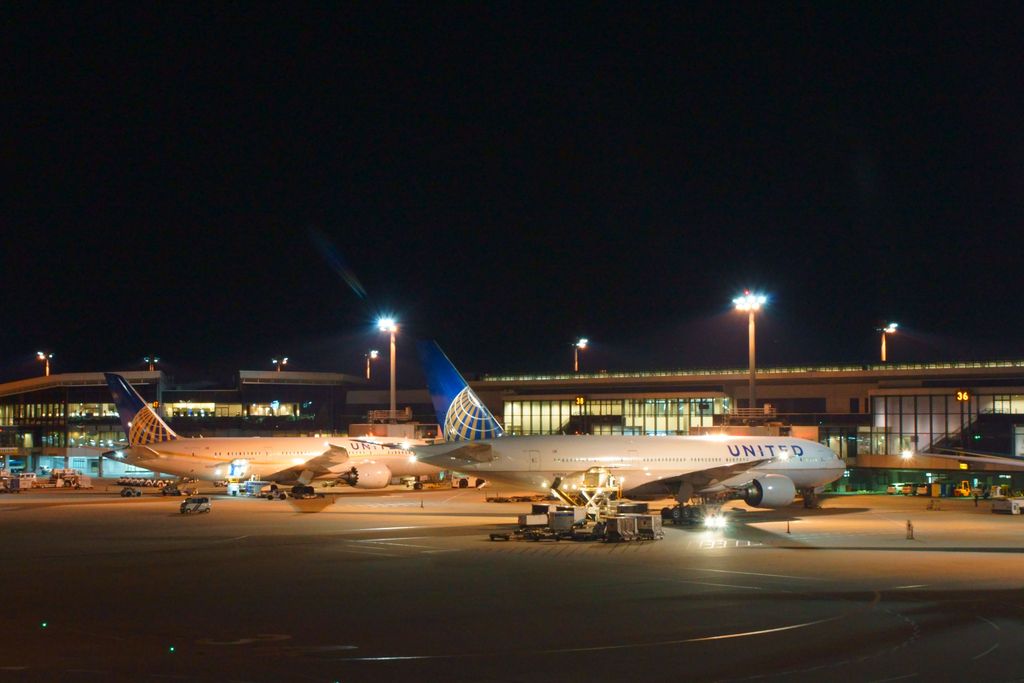
One passenger in Denver recounted being stuck on a United plane on the tarmac for nearly two hours. This individual reported that no gates were available, and the pilot provided no update on when passengers would be able to deboard the aircraft, highlighting the uncertainty faced by those onboard.
Another traveler, Angela Jeffers, flying from Nashville to Denver, experienced a two-hour delay. She shared the pilot’s message: “We’re missing some numbers we need to take off so we can’t take off yet and don’t have a time estimate of when we’ll be able to.” This illustrates the critical nature of the Unimatic system’s data.
Later that evening, Jeffers received an update that some flights had begun boarding, but not all could proceed due to traffic congestion. United’s offer to pay for a hotel and a flight for the following day was extended to her, as her flight had not yet boarded, reflecting the airline’s efforts to assist affected individuals.
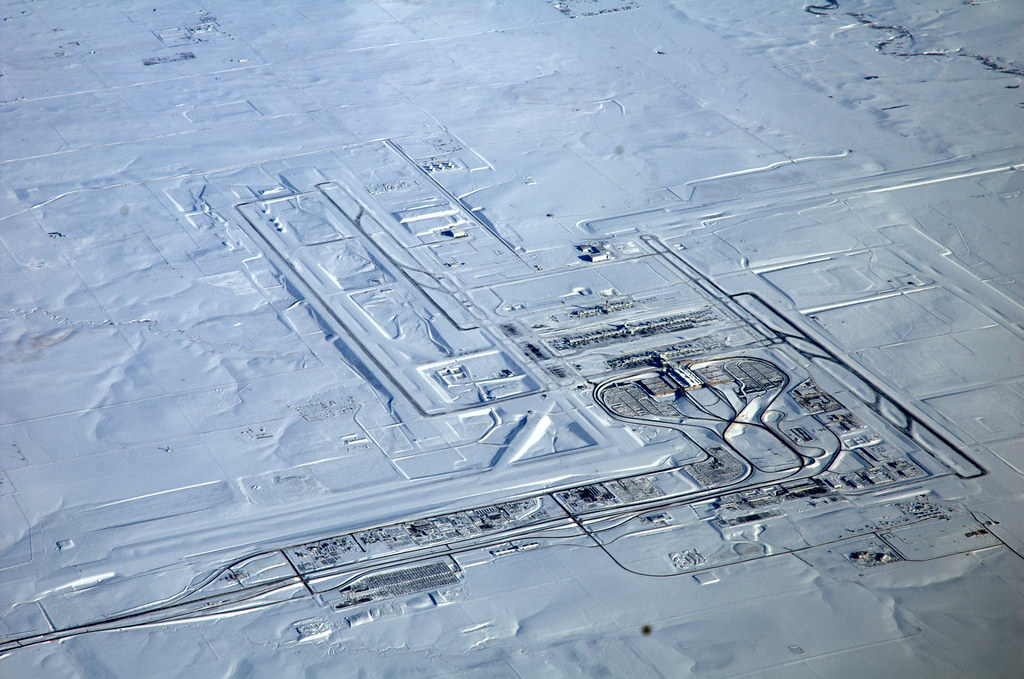
Her sister, Jessica Jeffers, coincidentally also faced disruption at a Denver airport, similarly stuck for two hours on a plane awaiting departure to Newark. She described the experience as “pretty rough over here,” noting that the air conditioning was running low, causing passengers to be “essentially baking in here for hours.
The ripple effect extended to international travelers as well. Johan Kotze, embarking on a vacation journey from Louis Armstrong New Orleans International Airport to the Indian Ocean island nation of Mauritius, found himself caught in the delays.
This disruption meant he would likely miss connecting flights along his extensive itinerary, necessitating rebooking flights, car rentals, and accommodation. His assessment of the experience was direct: “It’s not very nice,” capturing the profound inconvenience for those with complex travel plans.
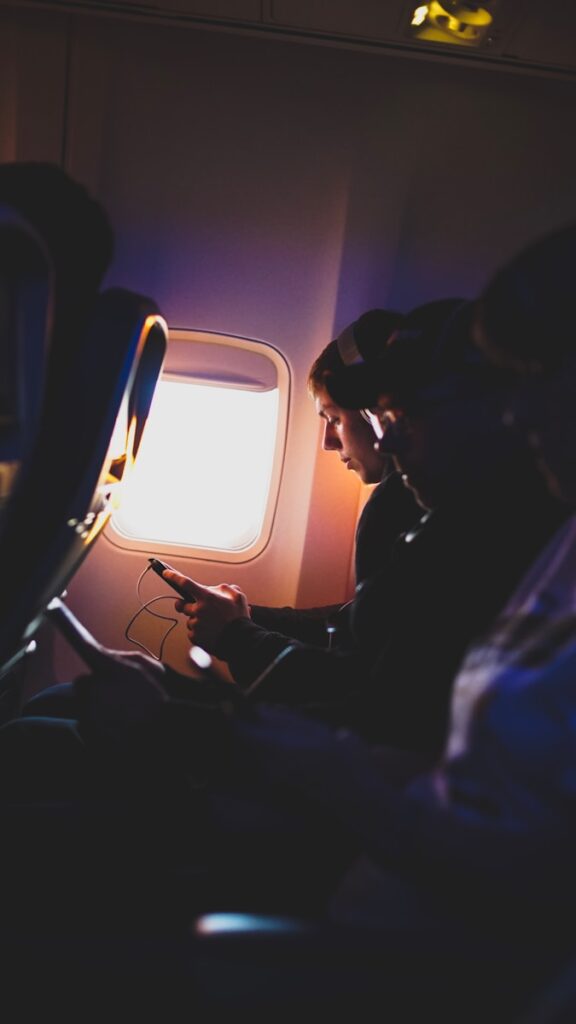
On social media, passengers expressed their exasperation. One parent with small children, awaiting a nine-hour flight from Buenos Aires, Argentina, to Houston, articulated the toll: “Still no news of this worldwide outage! We are here waiting here in Buenos Aires, Argentina! Kids tired and we’re ready to take a 9 hours flight to Houston to then take a connection flight!”
Joshua Rivera, stuck on the tarmac at Newark, depicted a scene of frustration: “We’ve been stuck on the tarmac at EWR for over an hour after landing early, and there are crying babies on board with parents unable to do much to comfort them.” He also pointed out the confusing communication, with updates from different sources contradicting each other.
Another passenger, Josh Griffin, humorously lamented his situation at Denver International: “Got married on Saturday, and this is my trip home… Thanks for being our second memorable experience of the week.” These anecdotal accounts underscore the significant human element of such large-scale technical failures.
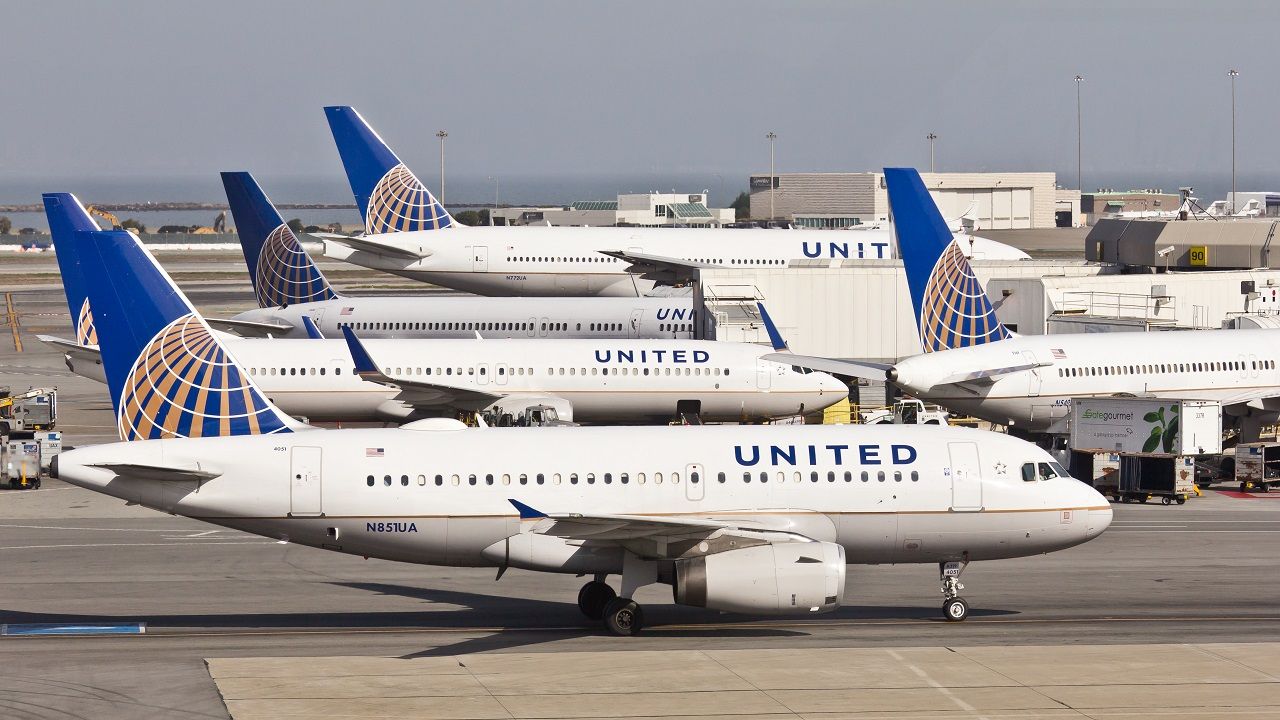
The initial phase of the outage began at 6:12 p.m. ET, and United officially announced that the issues had been resolved by 10 p.m. ET. The Federal Aviation Administration’s Air Traffic Control System Command Center recorded the first ground stops requested by United around 7:42 p.m. ET.
While the San Francisco ground stop was lifted approximately an hour later, at 9 p.m. ET, other major hubs experienced ground stops for nearly an additional hour and a half. This staggered lifting of restrictions indicates the complex process of restoring normal operations across a vast network.
United Airlines confirmed the resolution of the “underlying technology issue” late Wednesday. Despite this, the airline continued to warn passengers of “residual delays,” signaling that the system would take time to fully normalize. Its teams were actively working to restore the normal flow of operations.
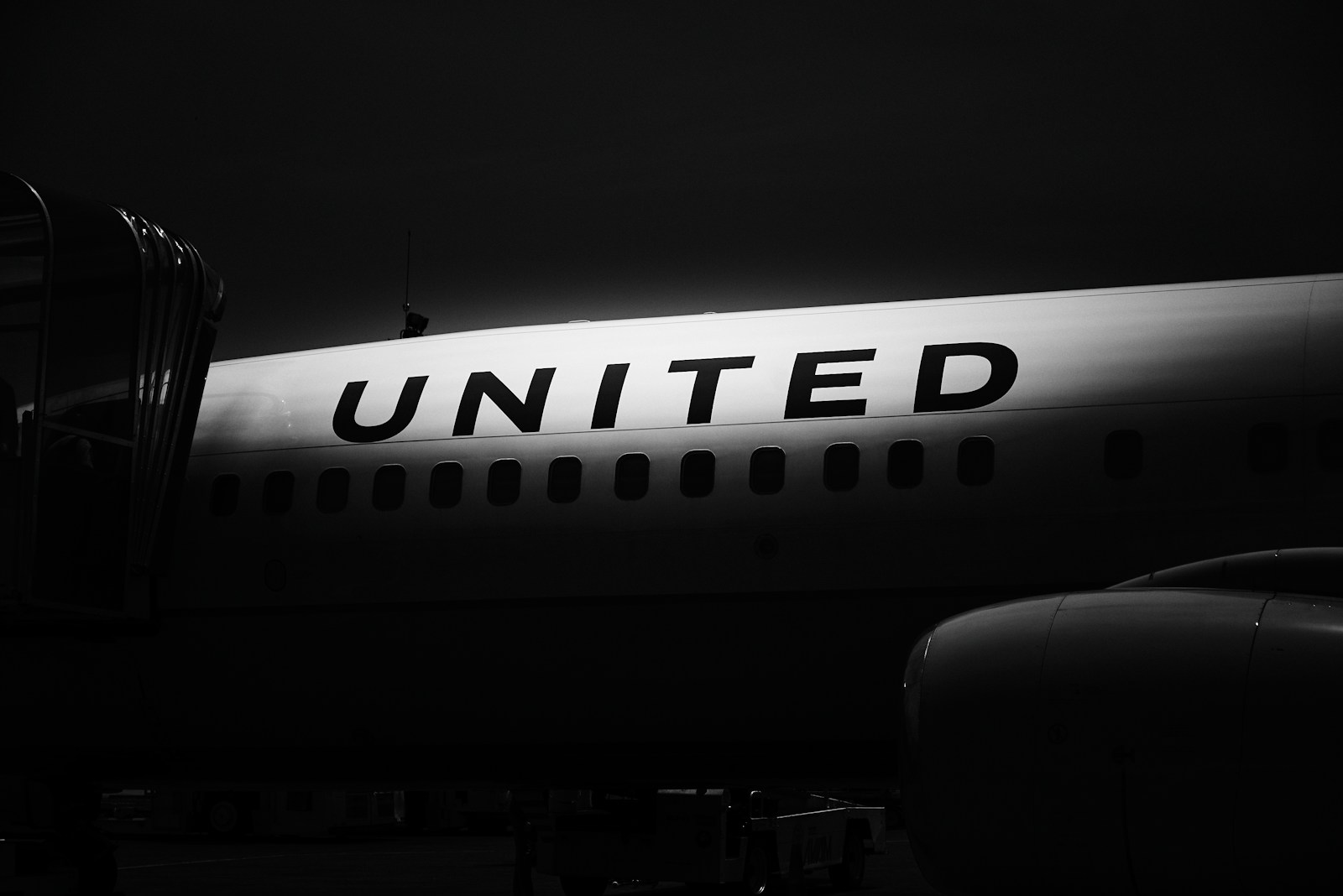
The FAA, in its subsequent statement on Thursday, reiterated that some delays might persist as United navigated its recovery process. The agency reaffirmed its commitment to provide “full support to help address their flight backlog,” maintaining close contact with the airline to assist in the comprehensive recovery.
This incident at United Airlines is not an isolated event within the contemporary aviation sector. It follows closely on the heels of a similar technology disruption experienced by Alaska Airlines just two weeks prior.
Alaska Airlines was also compelled to ground its entire fleet for three hours due to an IT outage impacting its operations, including planes flown by its subsidiary, Horizon Air. These recurring technology-driven disruptions highlight a broader vulnerability within the highly interconnected and technologically dependent airline industry.
For United Airlines Holdings Inc., such operational interruptions carry significant financial and reputational implications. While the provided data for United Airlines Holdings Inc. (UAL) showing a slight dip (-0.87, -0.98% from 88.00) represents a market snapshot, prolonged or recurring disruptions can erode investor confidence and consumer trust.
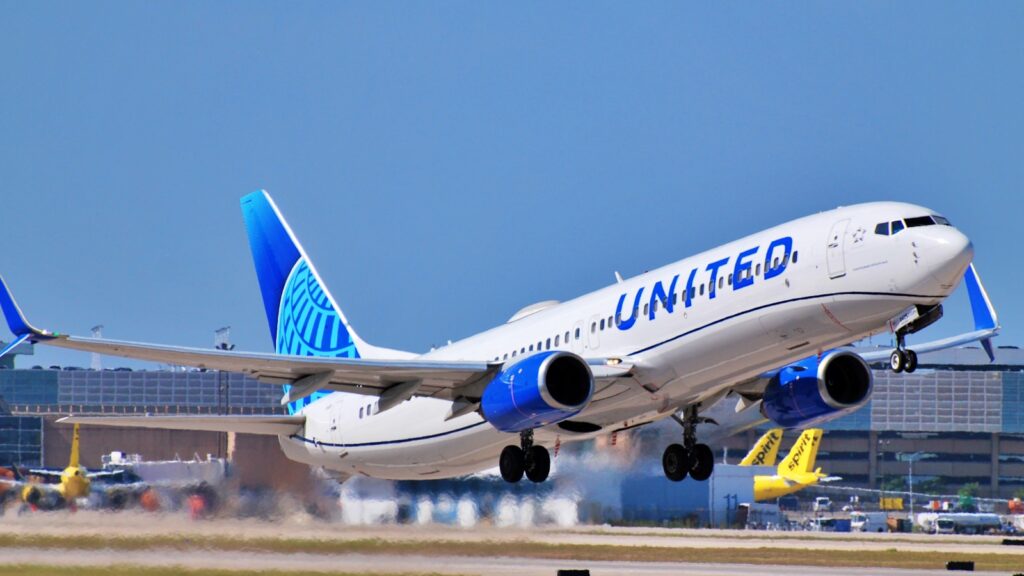
The costs associated with compensating thousands of passengers for meals, hotels, and rebooked flights, coupled with the intangible damage to brand loyalty and future bookings, underscore the economic impact. In an industry with tight margins, the efficiency and reliability of core technological systems are paramount.
As United Airlines continues to work through its flight backlog and normalize operations, this event serves as a salient reminder of the critical reliance on robust, resilient, and continuously updated technological infrastructure in modern air travel. The swift identification and resolution of such complex technical issues are not merely operational necessities but are foundational to maintaining safety, service integrity, and the intricate global network of aviation.

